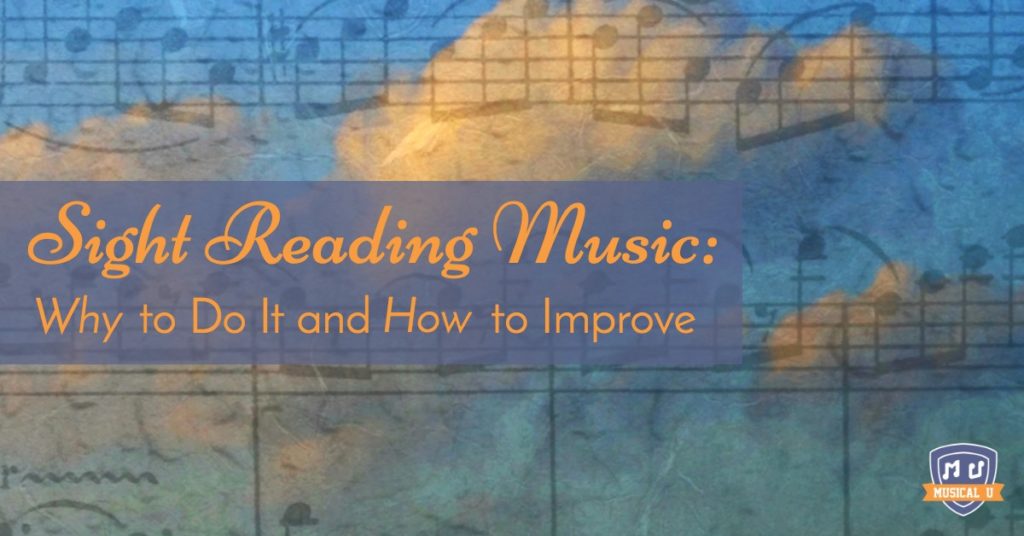Imagine living in the modern world and being illiterate.
Think all the ways you now take in information from the moment you wake up and check the weather to a little reading before bed. Knowing what you’d miss, would you completely abandon the possibility because you were afraid it was going to be too hard?
Yet that’s exactly the response of many when faced with the prospect of sight reading music. Maybe they would be more motivated if they did know what they were missing?
Sight reading traditional music notation is a crucial skill for today’s fully competent musician. And while it might at times seem challenging, anyone can learn to read music with a little patience and persistence.
Really? Isn’t there some kind of work-around here?
Modern Alternative Notation
Maybe you think it’s enough to read some of today’s new alternative forms of music notation. DAW users and YouTube piano tutorial enthusiasts can learn to decipher the piano roll, and guitar tab has been developed to a very high level with software like Guitar Pro.
While piano roll and tab have their advantages, they lack the depth, articulation and a host of other expressive attributes inherent in musical piece that is written using standard musical notation.
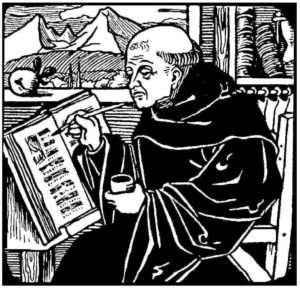 There is simply no better, more comprehensive, and flexible way to write and read music than the traditional Western notation system, which has continued to evolve over its 1000-year plus history.
There is simply no better, more comprehensive, and flexible way to write and read music than the traditional Western notation system, which has continued to evolve over its 1000-year plus history.
Everyone who’s serious about his growth as a musician will appreciate what sight reading can bring to the table. No matter if you’re going after classical music, if you’re a jazz cat, a rocker or if you’re into electronic production – the principles of music are the same. The “interface” has changed, but the laws of music are universal and we’re not likely to shift to any other global system for the next couple of hundred of years (if ever).
We’ll be looking at the practical insights on acquiring and/or improving your existing sight-reading skills as well as understanding the hidden benefits of having this skill.
But first…
Where did the idea of written music come from?
Capturing music became possible in the west around one thousand years ago when an Italian Benedictine monk Guido d’Arezzo (991 – 1033 AD) created a unified system for musical notation. Before that, there was no good way to recreate a piece of music in the exact same way, unless completely memorizing it.
The musical notation we’re using today is a direct descendant of what Guido d’Arezzo unintentionally invented back then – too bad patenting your ideas wasn’t a thing back then.
Once it became possible to capture music it became possible to give a piece of music its “face”.
As centuries went by composers would get incredibly detailed in how they wanted their music to sound by introducing more complex variations to the musical notation system, eventually standardizing the main principles and rules.
The look of the system evolved with the music it portrayed. In the middle ages, note shapes known as neumes were common:
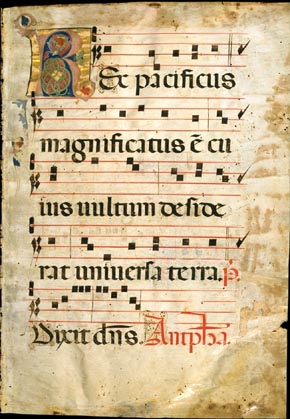
Later, notes begin to take on a more recognizable shape:
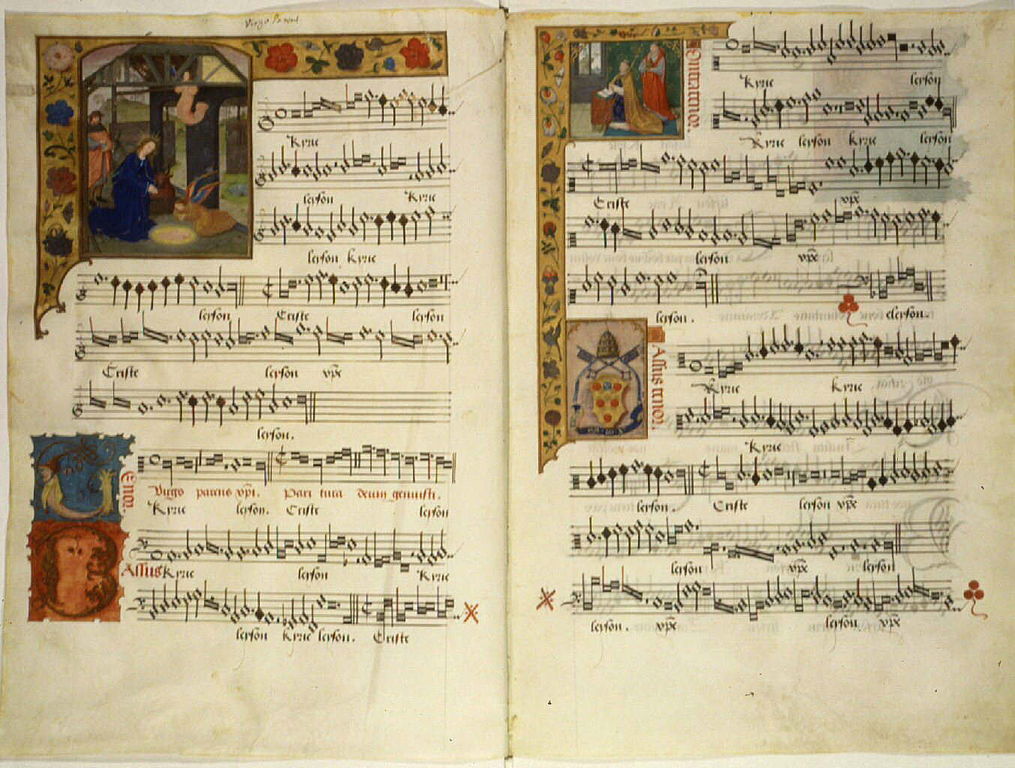
And by the 1700s, western music notation was fairly standardized. Here’s a handwritten page from the early 1800s – a Polonaise by Chopin:
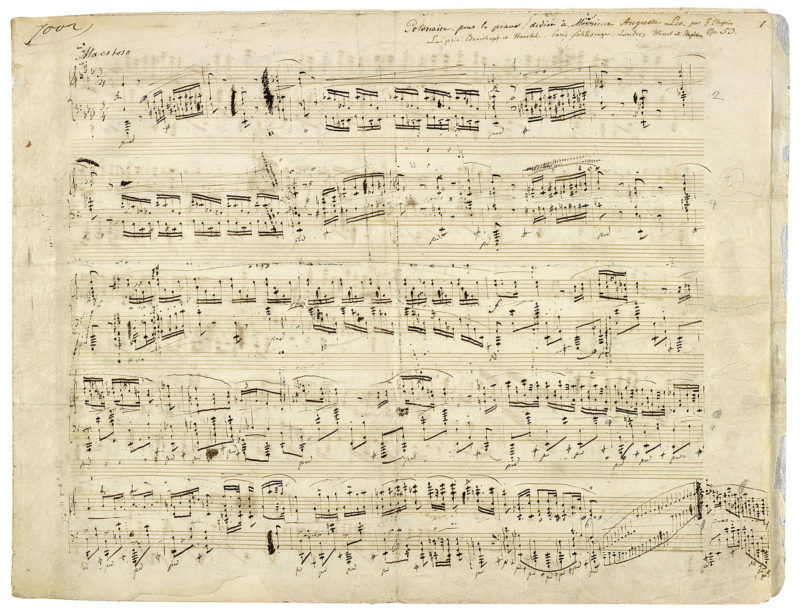
What you need to know before attempting sight reading
Western musical notation translates, explains, and systematizes the main elements of music into a logical, predictable and measurable written language.
The main elements of music are:
- Pitch (highness and lowness of sound)
- Harmony (what pitches sound like when played together)
- Rhythm (the duration of a given sound or silence)
Other elements that can be notated include:
- Articulation (the way a note is played)
- Dynamics (how loud or soft a note is)
As you learn to sight read, your understandings of the nuances of these elements and how they work together will increase, upping your overall musicality.
There are different levels of sight reading depending on your goals and the music you’re working with:
Sight reading by genre
In some ways, scores used for pop, rock, country, R&B, and similar genres are quite simple. Usually, melody is written accompanied by chord charts as musical shorthand for the rhythm parts – this style is known as a “lead sheet”. Lines tend to be short and repetitive. However, session musicians may be required to read specific parts, horn lines, etc.
→Learn more about lead sheets
The big issue with pop, rock, country, R&B is rhythm: while the Western system is very flexible and adaptable to any rhythm, there is definitely a learning curve here – since the Western music notation system developed before the advent of the African-derived rhythmic complexity of popular music.
Jazz combos transform lead sheets into amazing improvised performances, but it can grow a little more complex. Arrangements written for big bands can get as crazy detailed as classical scores.
And finally, classical music can have the most complex and minutely detailed scores that require advanced sight-reading skills, especially for an unfamiliar piece. As a classical musician, you’re likely to spend most of your practice and performance time staring at a page.
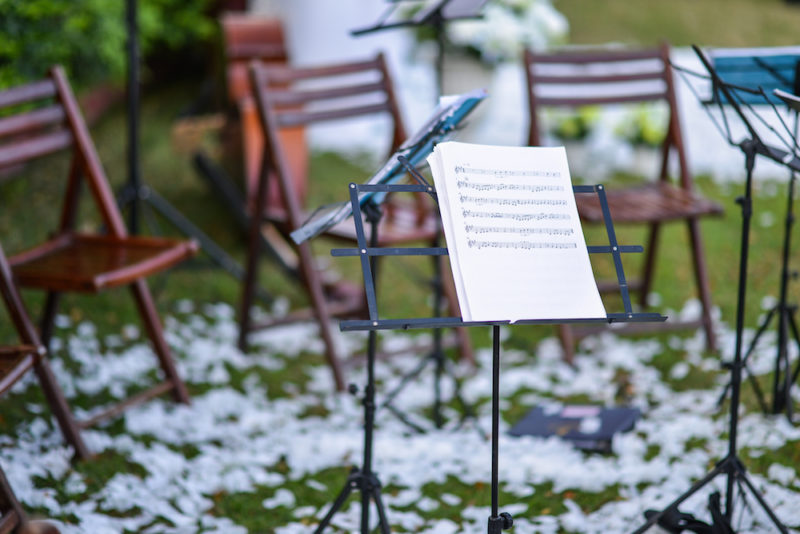
Why should you know how to sight read?
Imagine living in modern world and being illiterate…
Many professional situations – including studio work, teaching, gigs, and more – involve the ability to read and notate music. Especially when scoring music for visual media, working with session musicians, writing and communicating your new ideas, etc.
Even if you are not planning on a professional music career, sight reading skills give you access to centuries of amazing music, and can considerably accelerate your learning of a new piece. Nowadays, free music scores of all types are readily available on the internet.
For still more reasons to learn sight reading, we interviewed Evan R. Murphy, of Sight Reading Mastery, who told us how and why to start sight reading music.
Where do you begin if you want to improve your sight reading?
A full treatise on beginning sight reading from scratch is beyond the scope of this article – Sight Reading Mastery is a good place to start.
But assuming that you already have working knowledge on musical notation – and would love to improve your skills – here are some essential tips on achieving that goal.
Learn Italian?
Well, not the whole language, but there are a smattering of terms you’ll want to memorize.
Historically musical notation crystallized in Renaissance Italy, so it tends to utilize Italian terms which appear almost in every score in one form or another. Some of these signs tell you where to jump in the score, others are used to describe the dynamic changes.
We’ll use this excerpt as an example.
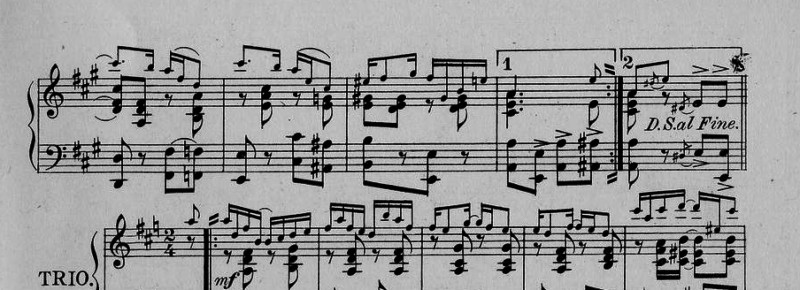
If you look at the score, at the last bar of the very top line you will notice D.S. al Fine. This tells the musician to go back to the sign (segno) and end the piece at the measure marked fine. Without knowing similar common indicators you’ll quickly lose your place in the score.
Read the Roadmap
This leads us to the next important moment in improving your sight reading: always scan through the score in front of you from the beginning to end. Pay attention to the form and how it develops. This will help create an overall picture of what’s going to be happening – i.e. where certain instruments come in, if there are any solo parts, etc. Start by looking at the:
- Key signature (pattern of sharps or flats at the beginning of a line of music). Also look for key changes.
- Time signature (the meter). Also look for changes here, and also look for tempo indications (the speed) and changes.
- Repeat signs, first and second endings, etc.
- Any roadmap indicators like D.S. al fine or D.S. al coda, including the respective “segno” and “coda” signs.
- Dynamic indicators like crescendo, diminuendo, sfz – these are essential to deliver the intended emotion the composer was going after.
Expect the Unexpected
Start looking for anything unexpected that might occur – like fast passages, maybe something that requires an alternative or unconventional fingering, etc. Be sure to check that you understand all the rhythm patterns and look for any ties across the bar line.
Once you’re in the thick of playing the actual piece, always look ahead of what’s going on. Nurture your skills to react faster to what’s coming up in the score. Some musicians read a couple of bars ahead, and it’s ultimately what you want to be able to do too.
Other Skills That Will Improve Your Sight Reading
Music is a language and just like any language is made of letter, words, sentences the music also starts with smaller blocks that develop into stories.
The Role of Muscle Memory
By practicing your instrument systematically your body starts doing things automatically and that is true for sight reading as well. When you’re reading the music you won’t have the ability to look at your fingers, so being familiar with your instrument is the number one step to better sight reading.
Having your scales under your fingers -not just up and down, but in thirds and other intervals – helps you read long runs of notes in a single swoop. Knowing your arpeggios and recognizing them in the score can super helpful for melody instruments.
Black Stacks and Chord Notation
If you’re a pianist or you play an instrument that is capable of playing chords (accompaniment) you often encounter standard chord voicings. Reading melodies can be complex enough, but when you have to figure out an entire chord on the spot it can get really crazy.
Whether you are reading specific notes that look like black stacks on the page, or interpreting chord notation for a jazz or pop chart, visualization and muscle memory are important factors at taking your sight reading skills to the next level. For example, the black stacks in this score example are a lot easier to read if you know your inversions:

Learn how and why chord notation looks the way it does – this includes chord inversions and most common voicings. With practice these become automatic.
A required practice is to play and practice the most common chords and their inversions in all keys. This also helps build muscle memory, contributes to recognizing how such patterns look on the staff, and helps you to familiarize yourself with appropriate fingerings.
Musicians develop their own arsenal of preferred chords. By practicing most common turnarounds, in all keys, and in various inversions, you will be prepared for everything that a jazz or pop score can throw at you.
→Learn more about the role of muscle memory and how to take theory into your own hands – literally.
Commit Some Quality Practice Time
Sight reading requires consistent practice. Create a comfortable schedule for yourself when you dedicate some time to polishing and maintaining your skillset. As with anything in music, you start with simpler tasks and then gradually move on to advanced levels.
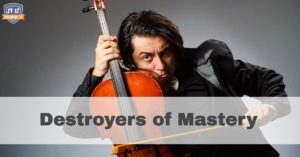 Make sure that you slow down and take the time to really figure out everything on that page. Rushing through the score sloppily will not help you improve, and can become a bad habit and a destroyer of mastery.
Make sure that you slow down and take the time to really figure out everything on that page. Rushing through the score sloppily will not help you improve, and can become a bad habit and a destroyer of mastery.
Find simple tunes and gradually increase the difficulty of the music you’re sight reading, you will notice that, as you get better, sight reading music becomes a lot of fun.
Write Music
Despite the fact that no school teaches reading language without writing at the same time, music reading is still commonly taught without music writing. Transcription, rhythmic dictation, or even writing down your own random melodies will all greatly improve your ability to stay on top of your sight reading.
Sight-Sing
Whether you plan on performing as a singer or not, sight singing can really help you develop your sight reading skills and your ear.
Recreating notes using an instrument is one thing but being able to look at a score and hear music is another level.
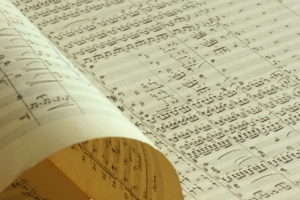 This is a required skill for professional composers and conductors. And I don’t mean just being able to read a single voice. Great composers and conductors are able to read an entire orchestral score at once and follow all the instrumental sections.
This is a required skill for professional composers and conductors. And I don’t mean just being able to read a single voice. Great composers and conductors are able to read an entire orchestral score at once and follow all the instrumental sections.
Once again, you start small and build up from there one voice at a time. Begin with simple melodies that involve seconds then move on to other intervals and chromaticism, chords, etc.
As you’re doing this it is essential that you learn the sound of each individual interval up and down.
Sight singing is an amazing tool to develop your relative pitch. Also consider musical dictations, where you listen to a piece of music and write it down on paper without having to play it on the instrument first and find the right notes.
→Learn more about sight singing.
Face the Fear – And Do It Anyway!
Sight reading is a powerful tool to help you develop your musicianship skills. If you’re trying to be a real professional then this skill is an absolute must.
Yet many people are scared off by sight reading music. Maybe they thought it would be too hard, or maybe they had a bad experience trying to learn it when younger. But once you take the plunge, sight reading isn’t all that difficult and quickly becomes a very fun thing to do. Give sight reading a chance today, and watch whole worlds of music open at your fingertips!

